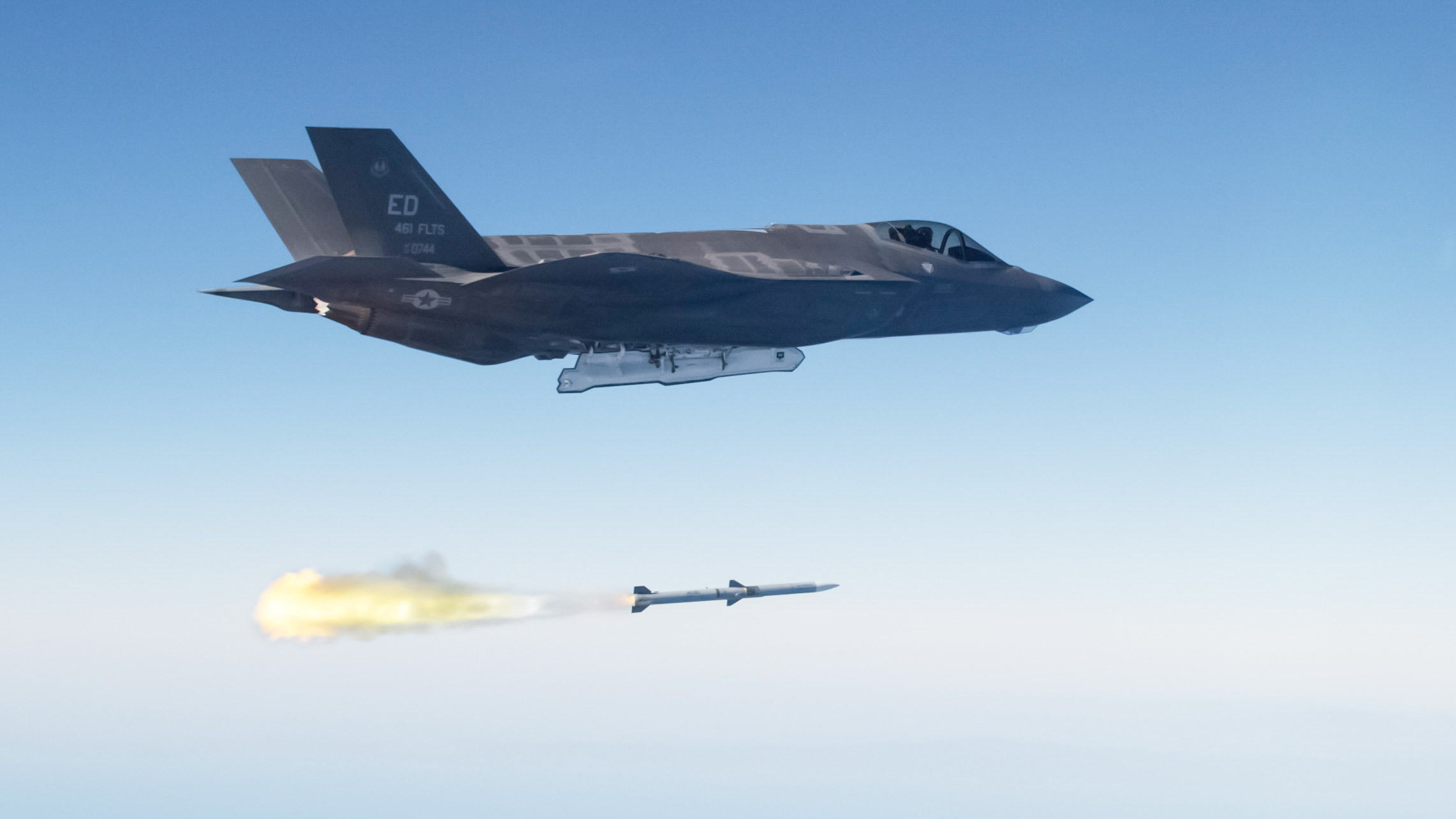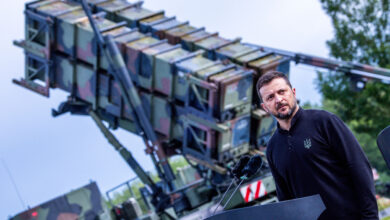Raytheon was awarded a $523 million contract for the production of Advanced Medium Range Air to Air Missiles (AMRAAMs) that includes sales to eight U.S. allies, a U.S. Department of Defense release said.
“Raytheon Missile Co., Tucson, Arizona, has been awarded a $523,148,647 fixed-price incentive modification (P00001) to previously awarded contract FA8675-18-C-0003 for Advanced Medium Range Air to Air Missile (AMRAAM) Production Lot 3,” the Friday, March 23 release said.
This modification provides for missile production and other AMRAAM system items, and is expected to be complete by January 31, 2021.
It involves foreign military sales to Japan, Kuwait, Poland, Indonesia, Qatar, Germany, Australia, and the United Kingdom.
“Fiscal 2018 production funds in the amount of $308,016,581; fiscal 2018 research and development funds in the amount of $3,569,227; and foreign military sales funds in the amount $211,562,839 are being obligated at the time of award.” the release said.
On December 29, Raytheon was awarded a $634 million contract for production of AMRAAMs, with many earmarked for foreign military sales, including to Japan, Korea, Morocco, Poland, Indonesia, Romania, Spain, Turkey, Bahrain and Qatar.
A number of AMRAAM sales have been approved by the U.S. State Department in recent months, including AIM-120C-7s for Poland, Norway and the Netherlands, and AIM-120Ds for Canada.
The AIM-120 AMRAAM is a beyond-visual-range air-to-air missile capable of all-weather day-and-night operation. The fire-and-forget weapon employs active radar guidance and incorporates a datalink to guide the missile to a point where its active radar turns on to intercept the target.
The missile also features a “Home on Jamming” ability, enabling it to switch to passive homing on jamming signals from the target aircraft.
AMRAAM missiles have been integrated onto various U.S.-made fighter jets including F-22, F/A-18, F-16 and F-15, as well as the Eurofighter 2000 and Saab’s JAS 39 Gripen.
The AIM-120D is an upgraded version, with improvements in almost all areas, including a 50 percent greater range than the AIM-120C-7 as well as better guidance. It was scheduled to be fielded by the U.S. Navy from 2014, and to be carried by all Pacific carrier groups by 2020.












